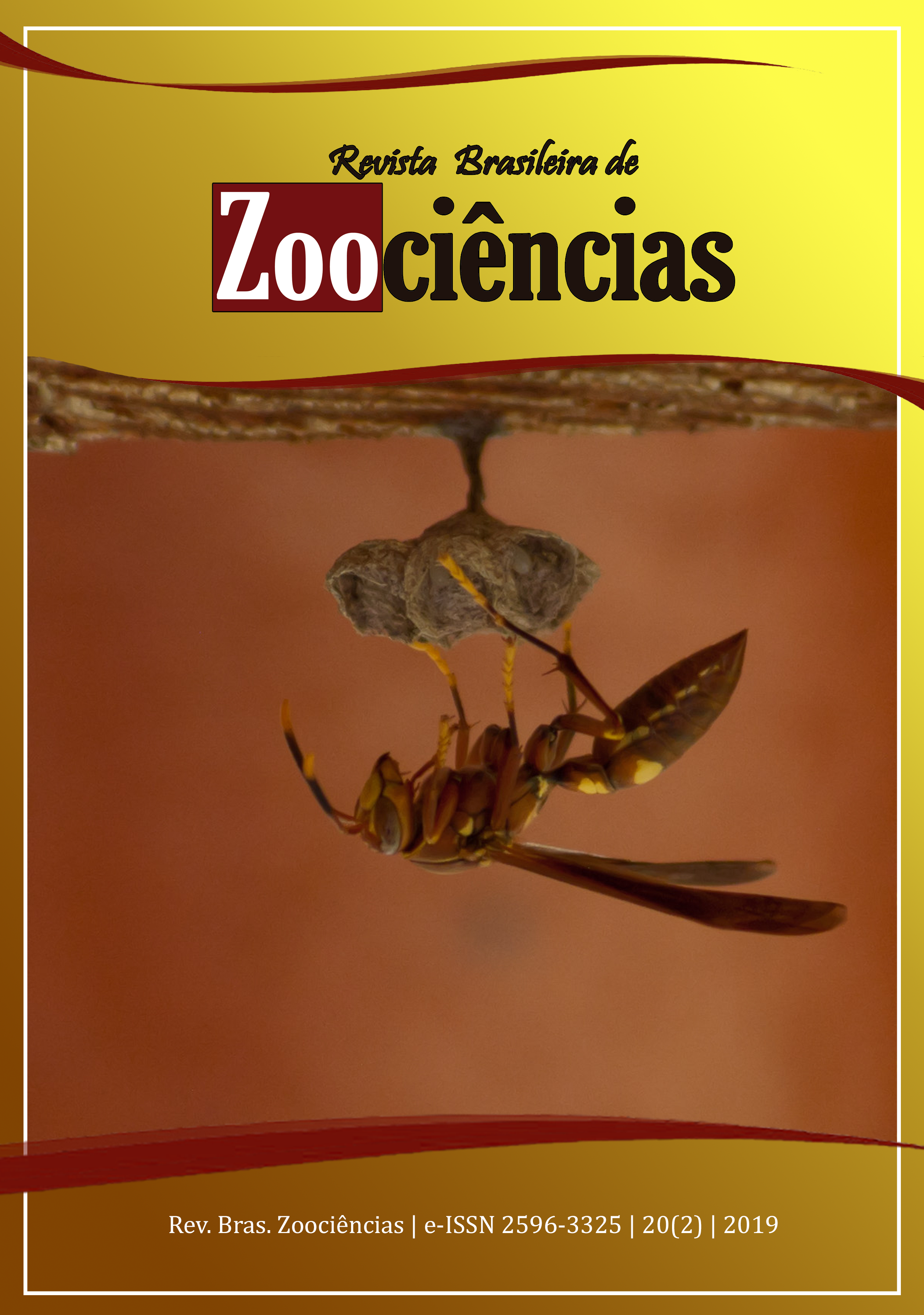New Geographic Records, Morphological Variation, and Natural History Notes of Scinax tripui (Amphibia, Anura, Hylidae) in the Atlantic Forest of Minas Gerais (Brazil)
DOI:
https://doi.org/10.34019/2596-3325.2019.v20.27094Keywords:
Coloration, Geographic distribution, Morphometry, Quadrilátero Ferrífero, Tree frogAbstract
The tree frog Scinax tripui is still little known. From field collections in the Quadrilátero Ferrífero, and analysis of scientific collections, we present here a large number of new geographic records for the species in the Atlantic Forest of Minas Gerais State, as well as observations of habitat use and morphological variation. We collected specimens of S. tripui in 40 localities, and obtained 19 further locations from scientific collections. We found that the species is distributed throughout the mountains of the Quadrilátero Ferrífero and northern portion of Mantiqueira mountain range, in the central-southeast of Minas Gerais and south of Espírito Santo States, and it is frequent in the forests of the Quadrilátero. Field studies showed that individuals of S. tripui are restricted to permanent streams in forested areas, associated with preserved microhabitats, and reproduce during local winter and early spring (July to September). We observed in life color variation for S. tripui, mainly of the inguinal region and anterior and posterior parts of the thigh (which may be light green, light blue, light yellow or white); and in the dorsal color pattern (which may be grey, olive, straw or light brown). Seven morphometric measurements of adults were taken, and significant variation was obtained for snout-vent length. Color variations, measurements and size were present along the Quadrilátero Ferrífero and S. tripui exhibits large intrapopulational variation.



